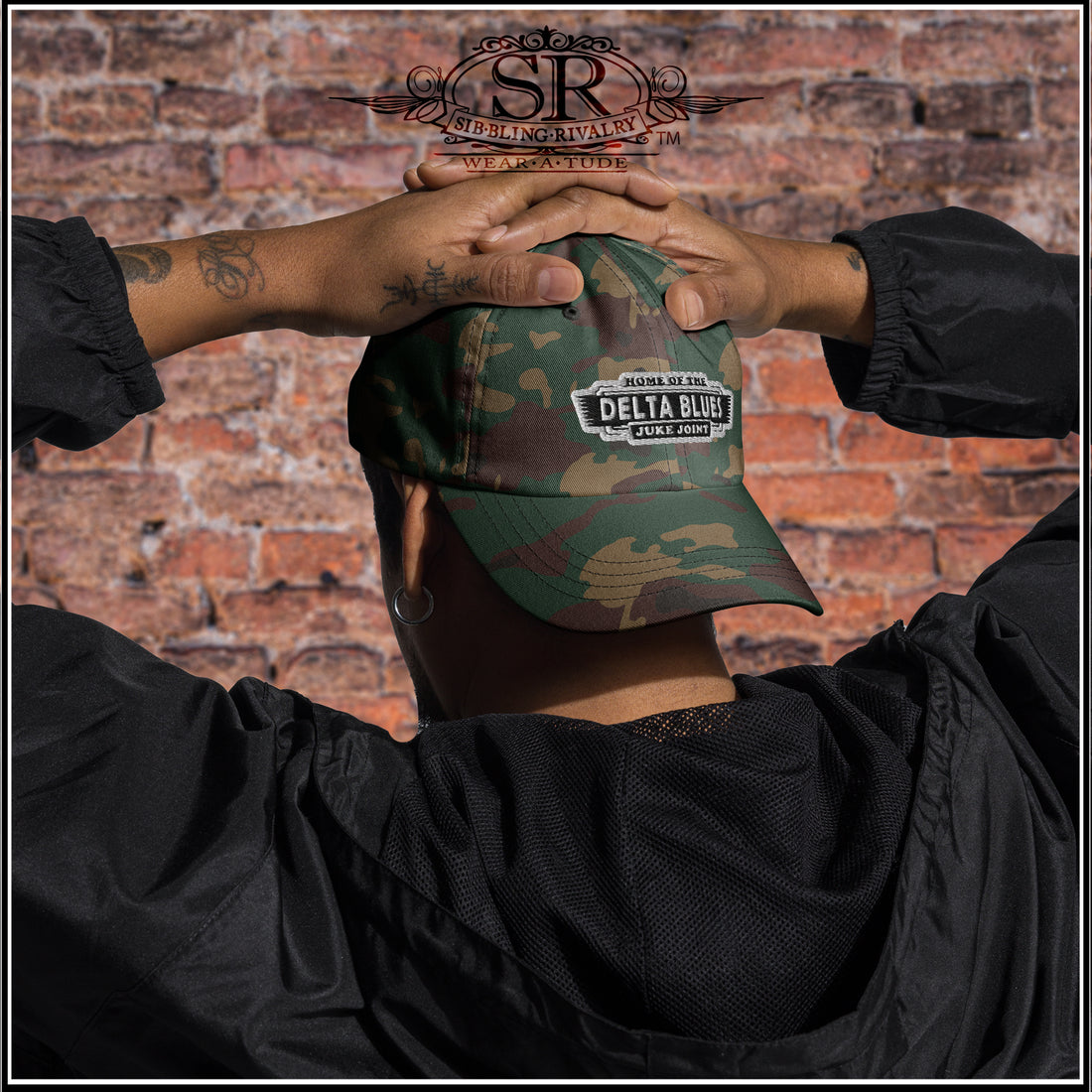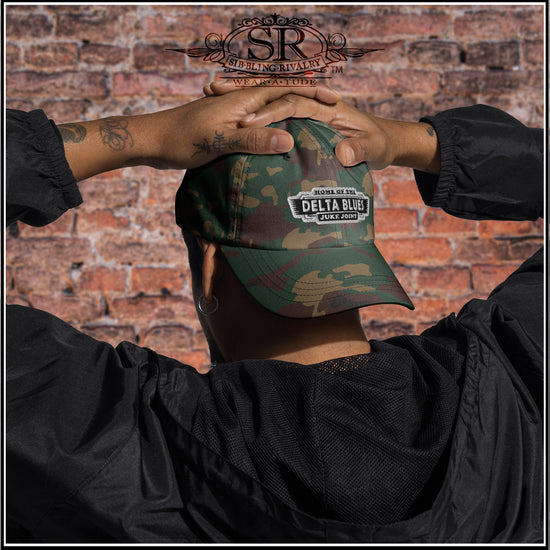In the sultry depths of the American South, a musical genre emerged that would resonate through the ages – the blues. Originating in the late 19th century, the blues found its roots in African American communities, blending sorrow, joy, and resilience into a distinctive musical expression.
The blues can be traced back to the work songs and spirituals of African American slaves, who used music to communicate their experiences and emotions. As the 20th century dawned, this raw, emotive style began to evolve and take shape.
Enter the Delta Blues, a primal and acoustic manifestation of the genre. Artists like Robert Johnson and Charley Patton laid the foundation with haunting guitar riffs and soul-piercing vocals, capturing the hardships and struggles of life in the Mississippi Delta. These early blues pioneers paved the way for a musical revolution that would soon sweep across the nation. At this time around the 1920's was when Memphis Minnie was on the rise as one of the women performers who was a songwriter, singer and a blues guitarist. She had many songs but one that stands out for me was 'When The Levee Breaks'. It later reworked by Led Zeppelin in 1971.
The Great Migration, beginning in the early 20th century, brought African Americans from the rural South to urban centers like Chicago and Detroit. As they carried their musical traditions with them, the blues underwent a transformation. Electric guitars and amplified instruments entered the scene, giving birth to Chicago Blues. Muddy Waters, Howlin' Wolf, and Little Walter electrified audiences with their energetic performances, creating a sound that would influence generations to come.
In the post-war era, the blues continued to evolve. Jump Blues and Rhythm and Blues infused a sense of rhythm and energy, setting the stage for the birth of rock and roll. Artists like B.B. King and T-Bone Walker not only showcased their virtuosity but also demonstrated the universal appeal of the blues.
The 1960s witnessed a blues revival, with artists like John Mayall and Eric Clapton embracing the genre and introducing it to a new, global audience. This period marked the emergence of British blues, a dynamic fusion of American blues traditions with a modern, rock-infused twist.
As the decades unfolded, the blues continued to shape and be shaped by various musical styles – from soul and funk to jazz and beyond. Its influence can be heard in the works of countless artists, transcending borders and cultures.
Today, the blues endures as a timeless expression of the human experience. From its humble origins in the cotton fields to the global stage, the blues remains a poignant reminder of the power of music to convey the deepest emotions and connect people across generations and backgrounds.




